
Each of the breeds currently recognized by the AKC is assigned to a certain group. These groups are Herding, Hound, Toy, Non-Sporting, Sporting, Terrier, and Working. But did you know that each dog assigned to each group was bred for a very specific purpose?
The adorable dogs belonging to the Toy Group may be small in stature, but they’re certainly are not short on personality! Let’s learn more about each of these breeds and find out what exactly they were bred to do.
Affenpinscher
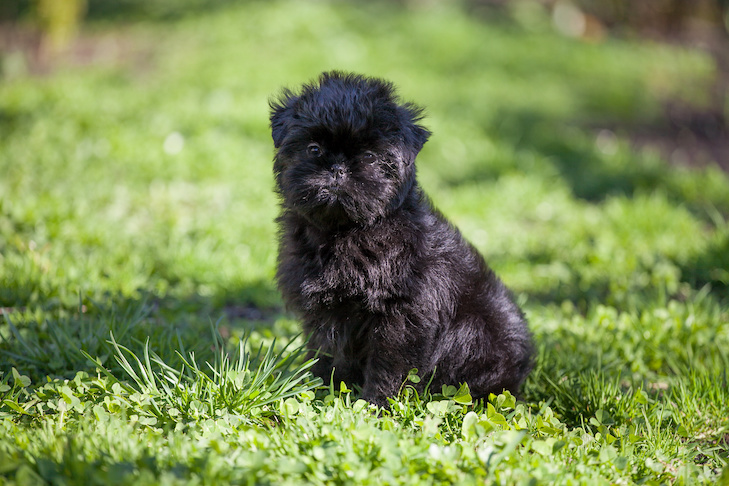
One thing that can’t be contested is the confidence of the Affenpinscher. Though these dogs aren’t classified as Terriers, they were bred to work like one. Bred to exterminate rats and other pests in German stables during the 1600s, these “monkey dogs” were eventually brought inside to make sure their owners’ kitchens were free of mice. Loyal and affectionate, these small dogs are also very stubborn. If you decide to have this entertaining breed join your family, make sure that you’re willing to put the time in to train them.
Biewer Terrier

The Biewer Terrier originated in Germany in 1984, when two tricolor puppies were born in the kennel of experienced Yorkshire Terrier breeders. A veterinarian friend suggested that the breeders, Werner and Gertrude Biewer, should call the dogs Biewer Yorkshire Terriers. American dog fanciers began importing this elegant, longhaired breed beginning in 2002. They were recognized as a breed by the AKC in 2021.
Brussels Griffon

The Brussels Griffon is smart and devoted, as well as sensitive. Even though these dogs are only 5 to 15 pounds, they certainly pack a lot of punch personality-wise! Well-known for centuries in Europe, the Griffon’s story starts in Brussels, where they began as a rough-and-tumble rat dog, but ultimately evolved into a sophisticated companion.
Cavalier King Charles Spaniel

Thanks to their name, it should come as no surprise that the Cavalier King Charles Spaniel has a very close connection to British history. Regal and graceful, this breed was especially favored by King Charles I and his son Charles II. Rumor has it that they were more concerned with breeding these spaniels than they were with ruling Britain. Although these dogs were bred to be a beloved lap dog, they did descend from sporting dogs and enjoy moderate exercise and outdoor activities with their owner.
Chihuahua

Tiny dog, big personality. Jokingly called “purse dogs” because of their small and sassy makeup, these dogs are a national symbol of Mexico. These hardy little dogs lived in remote Mexican villages until the mid-1800s, when Americans took interest in the Chihuahua. This breed is loyal and charming, and despite its small size has an uncontested personality. Make sure you’re open to training these compact and confident canines!
Chinese Crested

It’s almost impossible to miss a Chinese Crested! With their spotty pink skin, furry socks and feathery tail, this sweet and slender breed won’t be easily confused for another breed. In ancient times, these dogs traveled the high season Chinese trading vessels and became famous as shipboard exterminators, experts at catching disease-ridden rats. Nowadays you can find them as devoted pets, available both as hairless or coated companions.
English Toy Spaniel
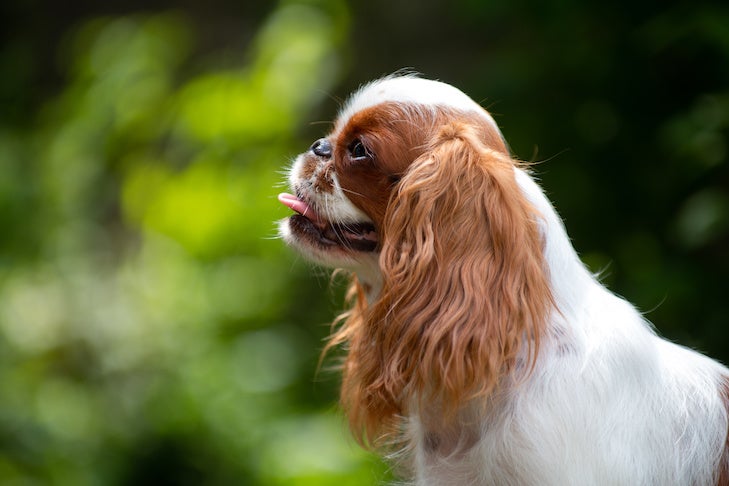
This gentle and intelligent breed was literally fit for kings! The English Toy Spaniel, once called the “Merry Monarchs” of the 1600s, were the symbols of the house of Stuart in Britain. So popular, toy spaniels were the only dogs allowed in the House of Parliament. They even accompanied Mary Queen of Scots to her beheading in 1587.
Havanese
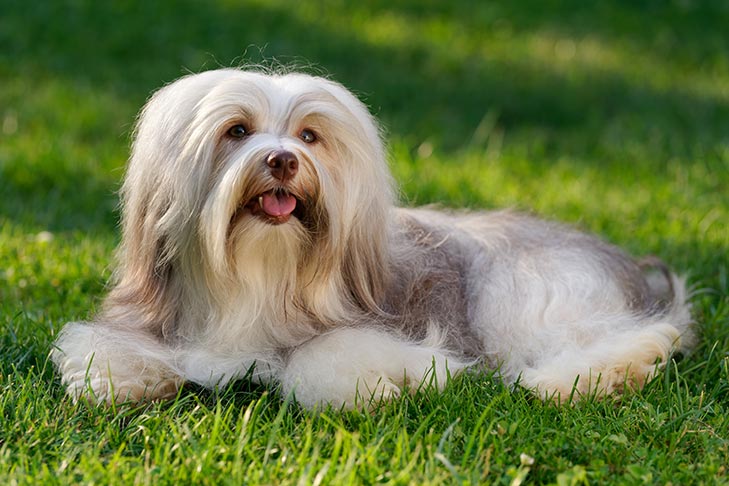
Introducing the only breed native to Cuba: the Havanese! These cheerful little dogs have a spring in their step. They’re becoming especially popular with American city dwellers, thanks to their easygoing and adaptable nature. Given that their history stems from being loyal lapdogs in Cuba’s capital city, it’s no wonder they continue to be a popular house pet.
Italian Greyhound

Even though the Italian Greyhound can be a decorative couch dog, don’t be fooled: at heart, they’re flash-and-dash coursing hounds with an instinct for pursuit. They were bred as a noble companion some 2,000 years ago in the region that is now Greece and Turkey. The breed came into its own in Renaissance Italy though, where owning miniature versions of popular breeds was a status symbol among aristocrats and wealthy strivers.
Japanese Chin
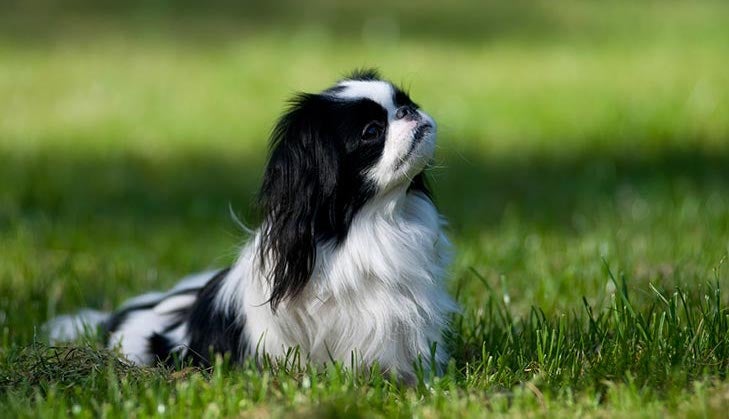
The charming and noble Japanese Chin has a history that’s been long debated since the breed’s beginning. Although historians can’t agree whether this dog came from China or Korea, Buddhist monks or Chinese emperors; all agree that Japanese nobles were the ones to cultivate the breed as we know it today.
Maltese

Believe it or not, the Maltese has been sitting in the lap of luxury since the Bible was a work in progress. In the middle of the Mediterranean Sea, 60 miles south of Sicily, lies Malta; where a Roman matron wasn’t fully dressed without this playful and charming breed. Chinese breeders are credited for keeping the breed from extinction after the fall of Rome during Europe’s Dark Ages.
Manchester Terrier (Toy)

Named after the English city where it was first bred, the Manchester Terrier (Toy) is spirited, bright, and athletic. Reaching the height of its popularity during the Victorian Era, this Toy version was created as the counterpart to the Standard Manchester to be proper companions for Victorian women.
Miniature Pinscher

Meet the fearless and fun-loving Miniature Pinscher, known to fans as the “King of Toys.” The exact point of origin of the Min Pin is unknown, though experts believe the breed goes back several centuries and are thought to be a cross of the Dachshund and Italian Greyhound.
Papillon

With its large wing-shaped ears, it’s no wonder the Papillon was named after the butterfly! These charming and attentive dogs were originally bred to be companions for noblewomen. They were easy favorites for queens and princesses in the royal courts of Europe for hundreds of years. In fact, you’re likely to see them in portraits painted by Europe’s most renowned artists thanks to their popularity!
Pekingese
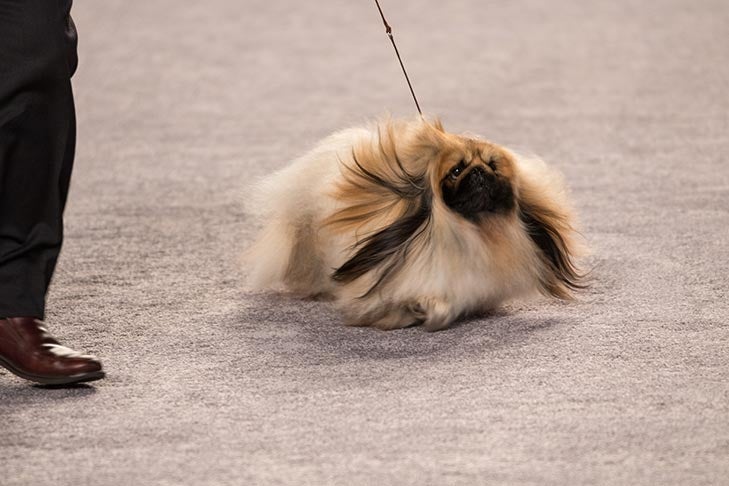
A Chinese legend claims that the Pekingese was created by Buddha, who decided to shrink a lion down to dog size. So, naturally, Chinese nobles favored this regal breed — so much so that stealing one was punishable by death. Due to their palace backgrounds, Pekes are opinionated and independent, but are fiercely loyal to their favorite human.
Pomeranian
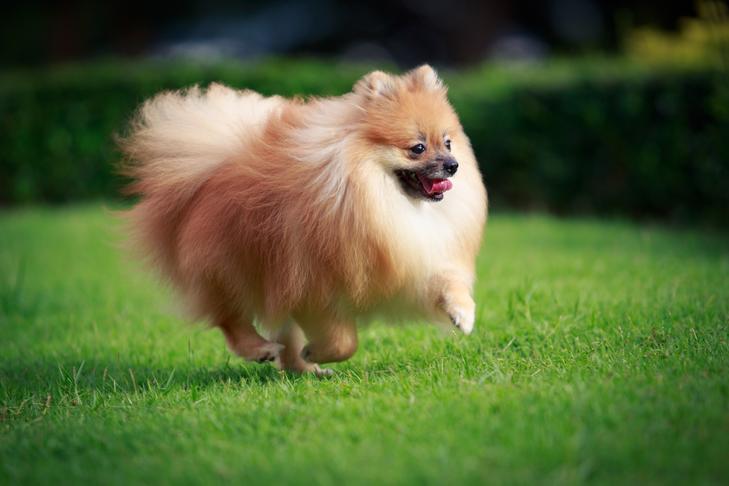
Who can resist the Pomeranian’s smiling, foxy face, glorious coat, and vivacious personality? Certainly not Queen Victoria, who’s largely responsible for the Pom’s popularity. She became smitten with the breed while visiting Florence, Italy and returned to Britain with several in tow. She even went on to become a serious breeder and exhibitor of these perky pets.
Poodle (Toy)

The Poodle comes in three size varieties, with the Toy being the smallest. Even though it’s known as the national dog of France, the breed (starting as the Standard) actually originated as a duck hunter in Germany, recognized for its superior swimming capabilities. In the early 20th century, the Toy version was introduced in America meant as a city-dwelling companion dog.
Pug

Once the mischievous companion of Chinese royalty, the Pug‘s history can be traced back over 2,000 years. In fact, the Pug was actually the mascot of Holland’s royal House of Orange because its barking warned the Prince of Orange of an impending attack by Spanish Troops! Nowadays these small and solid dogs are just happy living to love their humans.
Russian Toy

One of the smallest breeds in the world, the Russian Toy’s lineage dates back to the Russian aristocracy, as early as the 18th century. Socialites adored the breed’s small size and larger-than-life personality, and they quickly became a popular companion. The AKC recently recognized this breed in 2022.
Shih Tzu

There’s no use trying to resist the exotic charms of the Shih Tzu. Centuries ago, imperial breeders developed this little “lion dog” as loyal and royal lap warmers to appease Chinese emperors. The breed was virtually unknown until the 1930s, but now is one of the most popular toy dogs both in the United States and the United Kingdom.
Silky Terrier
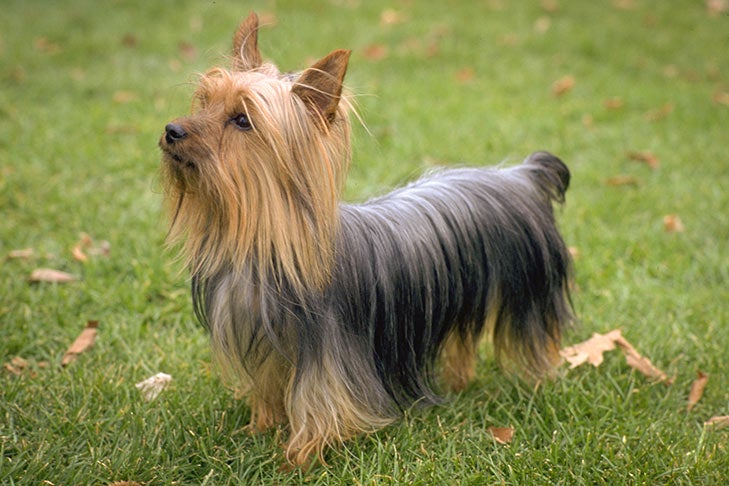
Silky Terriers oftentimes get mistaken for Yorkshire or Australian Terriers, but make no mistake, these friendly and keenly alert dogs are adorably their own. This compact and glossy-coated breed has high spirits and is a bit larger than Yorkies, yet smaller than Aussies.
Toy Fox Terrier

Beginning as barnyard ratters, the Toy Fox Terrier of today is a beguiling companion with a big personality. They possess a cleverness and grace (not to mention nifty looks), which served them well as circus trick dogs at one time! Nowadays they excel in agility and serve as loyal and loving companions.
Yorkshire Terrier

One of the most popular breeds, the Yorkshire Terrier is both feisty and dainty. Originally they earned their living as ratters in mines and mills, but ultimately lived the life of luxury as lapdogs of Victorian ladies. These dogs are fierce, brave, and a little bit bossy; but provide years of laughs, love, and close companionship.

